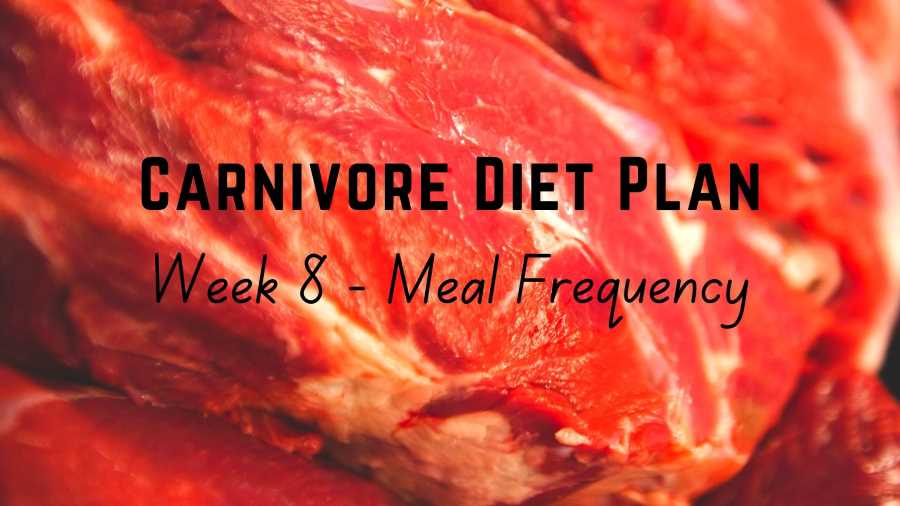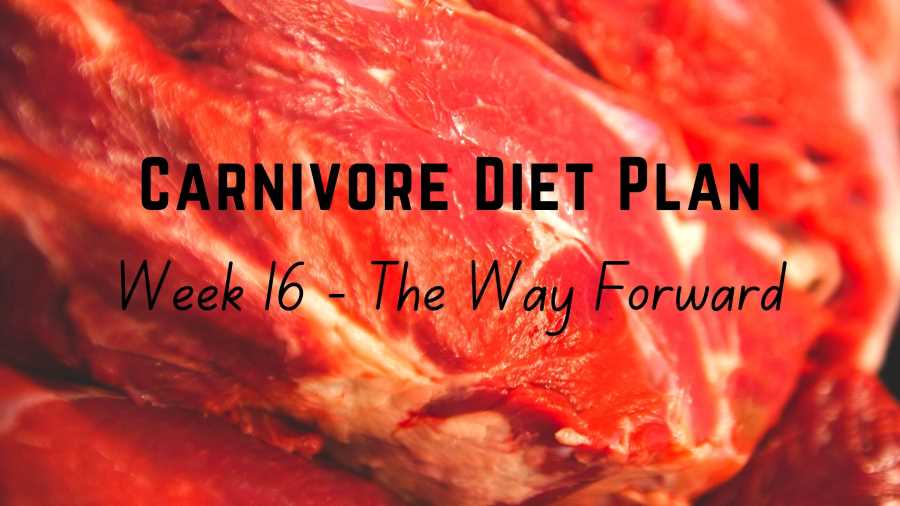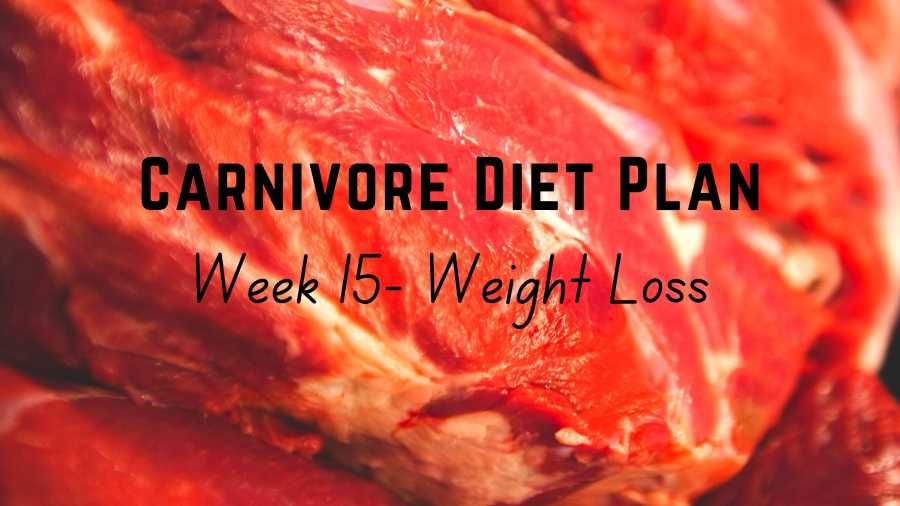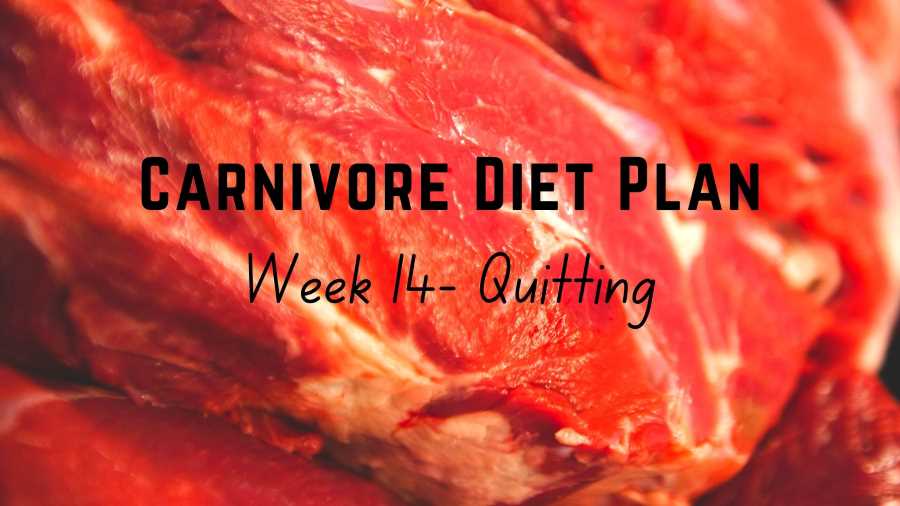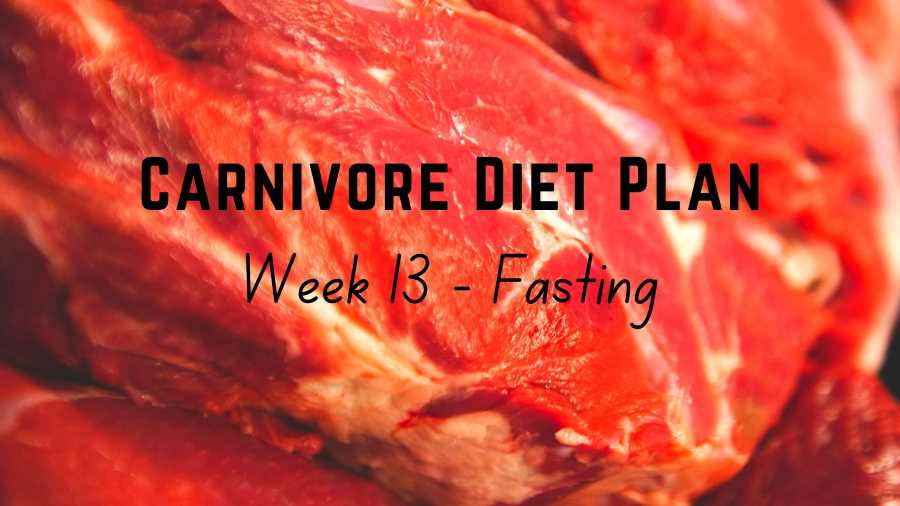This week we will focus on two issues: meal frequency (i.e. how many meals you should eat in a day) and meal timing, (i.e. whether consuming most of your calories earlier in the day or towards the evening is better).
So far, the focus has been getting you fully adapted to the carnivore diet and you’ve been encouraged to eat whenever you are hungry and always eat till you are full.
However, like everything else in life, having a routine just makes everything so much easier. So, this week we will look at the question of how to establish a healthy meal pattern.
How often should you eat on the carnivore diet?
You probably have been told by your doctor or dietician or heard before that having many small meals spread out throughout the day is better for your health because it helps keep your metabolism up while controlling your blood sugar.
However, this is a pure myth. Studies have found that there is no difference in energy expenditure between nibbling and gorging nor does high-frequency meals boost metabolism or support weight loss.[1, 2]
Your metabolic rate is more likely to be influenced by what you eat rather than how often you eat. Protein has a higher thermic effect of food (i.e. the amount of energy needed to digest food) compared to fat and carbohydrate. The thermic effect of food is around 15-30% for protein compared to 5-10% for carbohydrates, and 0-3% for fat.[3]
Similarly, high meal frequency also does not help keep your blood glucose low.
In a small study where participants were fed either 3 high carbohydrate meals or 6 high carbohydrate meals, regardless of meal frequency, glucose levels remained elevated throughout the day without any differences in the insulin levels.[4]
When the participants were fed 6 high protein meals, there was a significant decrease in blood glucose and insulin compared to when they were fed 6 high carbohydrate meals.[5]
A recent survey on the carnivore diet experience of 2029 people was carried out by a team of researchers from Harvard Medical School and other institutions. With regard to meal frequency, 83% of the participants who have been on the carnivore diet for at least six months reported that they ate only 2 times a day or less.
In particular:
- 2% ate less than once a day
- 17% ate 1 time a day
- 64% ate 2 times a day
- 17% ate 3 times or more a day.
This way of eating is likely to be more consistent with how our ancestors would have eaten for millions of years.
Imagine living off the grid with your tribe, you would have to be totally self-reliant, from procuring your own food and water to building shelter and making clothes.
As discussed in the last post of this series, you would have to be physically active on a daily basis in order to survive. Food would be scarce and having access to three square meals a day every day is an extremely unrealistic scenario.
Even the Ancient Romans reportedly had only one substantial meal a day, usually consumed at around 16:00. Although they also ate at sunrise and at noon, these meals were frugal, light, and quick. They believed that eating more than once per day was unhealthy and a form of gluttony.[6]
Regular breakfast as we know it today only began in the 17th century. Breakfast became more important during the Industrial Revolution in the mid 19th century because laborers needed an early meal to sustain them at work.[7, 8]
Lunch as we know it today (a meal between breakfast and dinner) also didn’t become part of the meal pattern until the Industrial Revolution.
Dinner eaten later in the evening only became popular due to the widespread of artificial lighting in the 19th century. [9]
In summary, there is no conclusive evidence showing that eating many small meals throughout the day offers health benefits. A regular meal pattern that includes breakfast, lunch, and dinner is a relatively recently acquired habit. Eating less frequently is likely to be more consistent with an ancestral lifestyle and better off for health.
When should you eat on the carnivore diet?
The next question is if you are eating 1 to 2 meals a day like many other people on the carnivore diet are doing, when is the best time to eat.
From an evolutionary perspective, it’s likely that our ancestors would have eaten their main meals earlier in the day because in the absence of artificial light, cooking and eating later in the evening after sunset would have been difficult.
As mentioned above, even the Ancient Romans only ate one main meal a day at around 16:00.
Late meals in the evening only recently became the norm with the widespread of artificial lighting.
In a small study by Richter et al (2020) on diet-induced thermogenesis after breakfast vs dinner, it was found that there was a substantially higher calorie expenditure following a morning meal than an evening meal. [10]
In particular, identical calorie consumption led to a 2.5-times higher diet-induced thermogenesis increase in the morning than in the evening.
The authors suggest that “extensive breakfasting should therefore be preferred over large dinner meals to prevent obesity and high blood glucose peaks even under conditions of a hypocaloric diet“.
In another randomized control study, it was found that having a high-calorie breakfast and a low-calorie dinner decreases overall daily blood sugar levels in type 2 diabetic patients.[11]
In an extensive review of the literature to date regarding the influence of meal frequency and timing on health in humans, Paoli et al (2019) recommend the following meal pattern:[12]
A regular meal pattern including breakfast consumption, consuming a higher proportion of energy early in the day, reduced meal frequency (i.e., 2–3 meals/day), and regular fasting periods may provide physiological benefits such as reduced inflammation, improved circadian rhythmicity, increased autophagy and stress resistance, and modulation of the gut microbiota

In summary, consuming your main meals earlier in the day is consistent with an ancestral lifestyle and may have some metabolic advantages.
Choosing your meal pattern
Based on available evidence, it appears that the best meal pattern comprises one to two meals a day with a higher proportion of calorie consumption happening earlier in the day.
If you have the tendency to grab something unhealthy while out and about, it’s even more important to eat your breakfast. A couple of steaks in the morning will keep you full and satiated all day.
In addition, because intermittent fasting has so many health benefits,[14, 15] if you plan to eat 2 meals a day, it’s best to narrow your feasting window to a few hours rather than spreading your meals throughout the day, say breakfast at 7 a.m. and dinner at 6 p.m.
However, dinner is the main social meal for many people with family, so for some people it might be difficult to skip dinner.
If this is the case for you, try to have your last meal at least 3 hours before bedtime to make sure that by the time you go to bed, you can fully rest rather than digest the last meal.
Take-home message for this week
This week, please continue to eat a lot of ruminant meat and organ meat, get sun exposure every day, stay physically active, and try to eat less frequently and eat early. In summary:
- Eat ruminant meat (e.g. beef, lamb, bison, goat, kangaroo etc.)
- Eat only when you are hungry and eat until you are full but don’t overeat
- Cook some of your meat to blue, rare, medium rare, or medium
- Have liver and other organ meat regularly (3 – 5 times a week or more)
- Drink a small cup of bone broth daily
- It’s up to you to include or exclude salt based on your experiment
- Drink water to thirst
- Get about 30 minutes of sunlight every day
- Incorporating as much physical movements throughout the day as you can
- Aim to have 1 – 2 moderate to high intensity interval training sessions and 2-3 resistance training sessions a week
- Eat one to two meals a day and try to have the last meal of the day as early as possible.
Links to all posts in the 16-week carnivore diet plan
- 16-Week Carnivore Diet Plan: An overview
- Week 1: Preparation
- Week 2: Ruminant and liver
- Week 3: Ruminant and more organ meat
- Week 4: Fat to protein ratio
- Week 5: Sun exposure
- Week 6: Salt experiment
- Week 7: Ancestral movements
- Week 8: Meal frequency and meal timing
- Week 9: Intolerance testing (other animal-based food)
- Week 10: Intolerance testing (fruits)
- Week 11: Intolerance testing (other plant food)
- Week 12: How much to eat
- Week 13: Fasting
- Week 14: Quitting
- Week 15: Weight loss
- Week 16: The Way Forward.
If you find this post helpful, please consider sharing this post and my site with your family, friends, and followers. That would be much appreciated. Please also check out my library of articles on the carnivore diet here which is updated regularly.
Disclaimer: The information in this post is for reference purposes only and not intended to constitute or replace professional medical advice. Please consult a qualified medical professional before making any changes to your diet or lifestyle.
Photo credit: Julian Peter on Pexels

